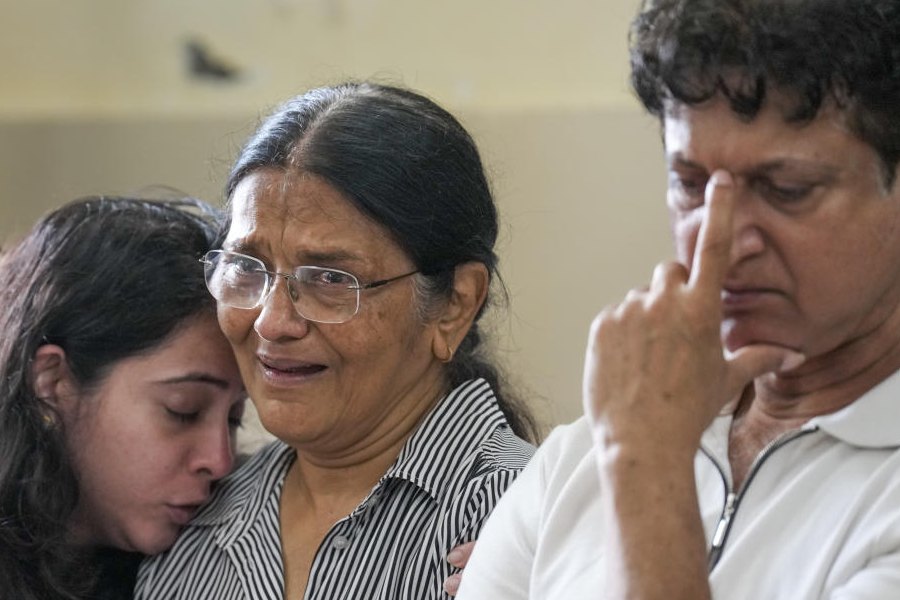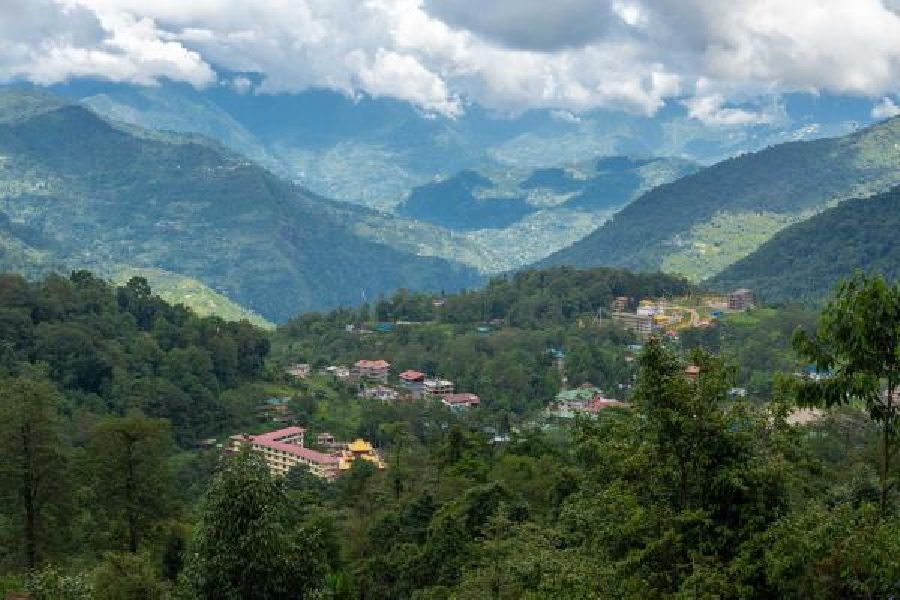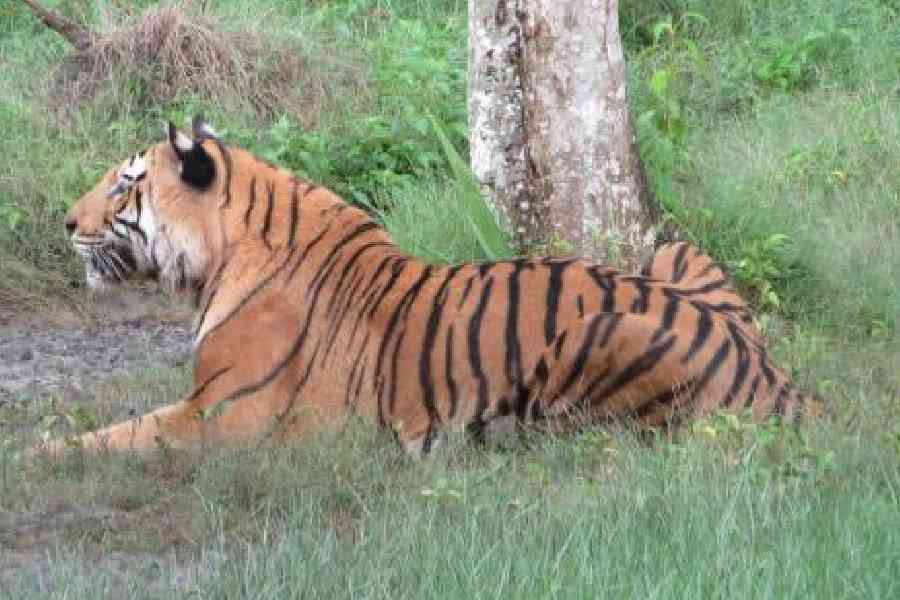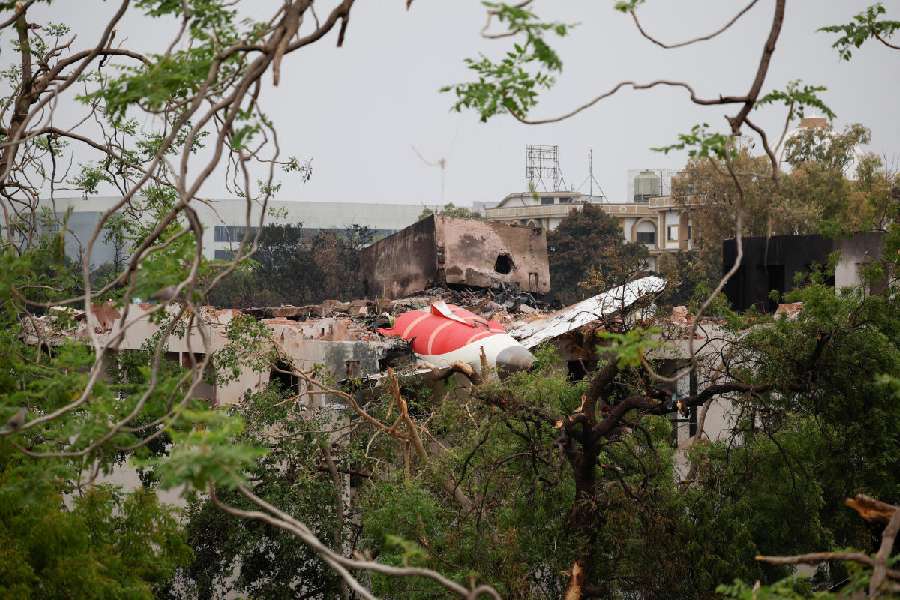 |
Agartala, April 19: Marrying adventure with eco-tourism, tree-houses of timber, cane and bamboo will be set up for visitors at Sipahijala sanctuary in Tripura.
There are the usual elephant rides, boating, toy trains and lodging facilities in two lakeside homes in Sipahijala. But for visitors who wish to live in the lap of Nature, ?these tree-houses will be built of bamboo and cane near the lakes with hard thatch roofing 30 feet above ground level on treetops,? said Ayub Khan, principal chief conservator of forests. The floor of each tree-house would be of solid, hard timber while a smaller structure built below it, 20 feet above the ground, will serve as a bathroom and toilet.
?All five tree-houses will have air-coolers. They will be built on the model of indigenous tong-ghars, the elevated houses of tribal shifting cultivators in the jungles,? Khan said. There will also be a tall watchtower that will allow panoptic views up to 25 km of the Barmura hills, Agartala town, Udaipur and the plains of Bangladesh.
Khan said over the past few years, the concept of eco-tourism has caught the imagination of tourists and visitors. Keeping this in view, the forest department has decided to build similar tree-houses in other sanctuaries such as Trishna and Gomati in South Tripura and Roa in North Tripura. ?Tripura is going to be the first state to introduce tree-houses in sanctuaries in the region,? disclosed M.A. Khan, an expert on sanctuaries.
In 1972, the Sipahijala animal sanctuary was established at the foothills of the Barmura range, 33 km south of Agartala. It boasts 216 species of plants, 56 species of animals, six species of primates and a large variety of migratory birds in winter. While the spectacled monkey is a rare species found only in Tripura, the crab-eating mongoose, first sighted in India 75 years ago, still exists in Siphaijala.
?Though initially conceived only as a sanctuary, Sipahijala is now a composite conservation centre with a zoo, a botanical garden, six parks, 12 lakes, a forest research centre and training institute,? explained P.K. Debbarma, divisional forest officer in charge of the sanctuary.











